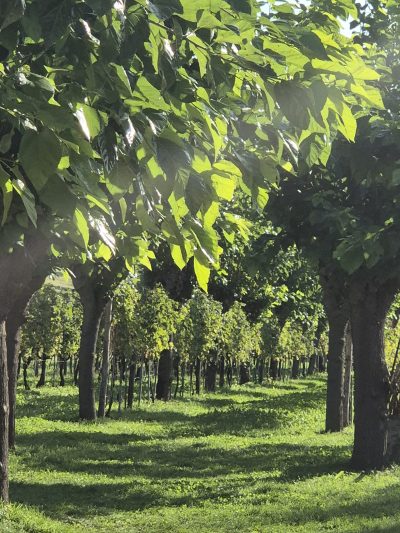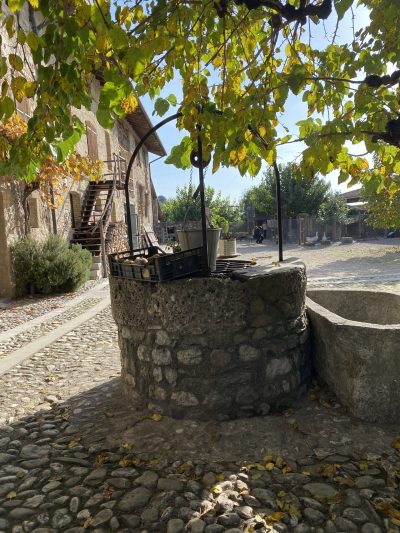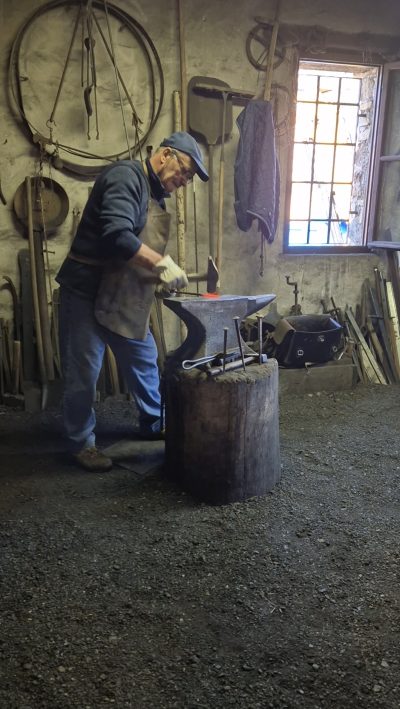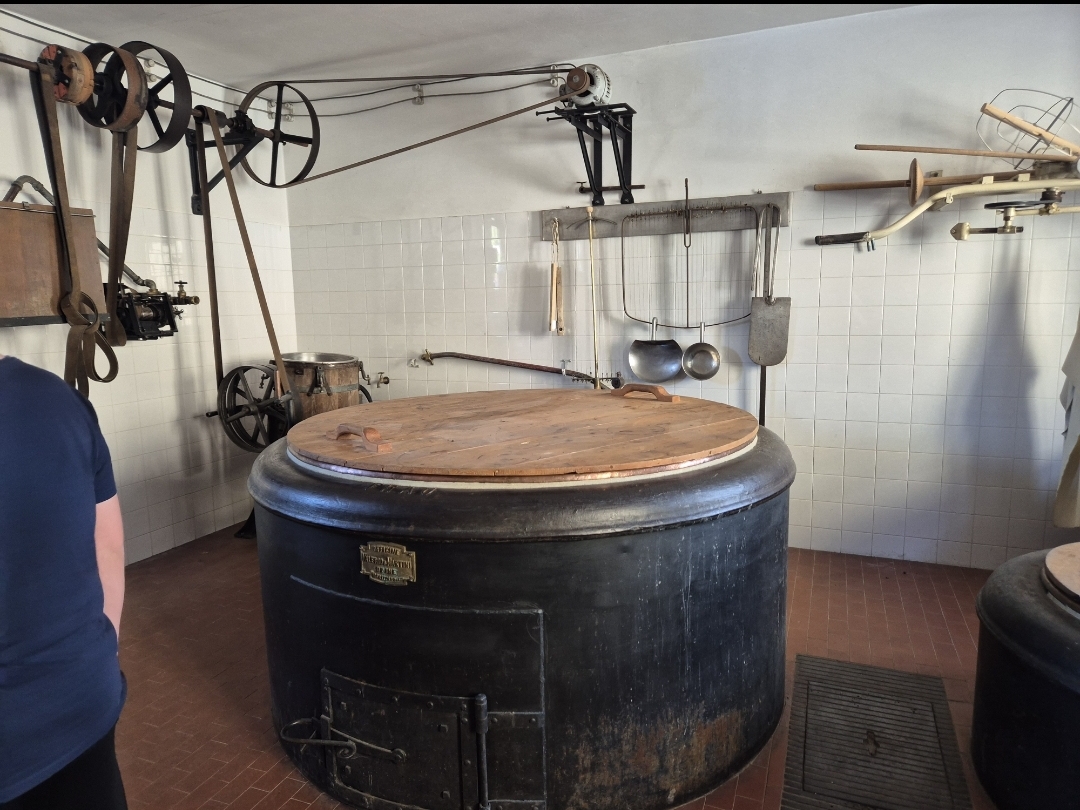In today’s climate crisis, more and more people are seeking solutions that allow us to live in harmony with nature. Interestingly, many of the answers to our current environmental challenges can be found in the past. Rural communities, which for centuries based their way of life on self-sufficiency, sustainable resource use, and mutual cooperation, offer valuable lessons. Let’s explore some traditional practices that can inspire modern solutions.
Self-Sufficient Farms
In the past, each farm was largely self-sufficient, producing food, clothing, and even tools necessary for everyday life. Today, in a world driven by global imports, we can return to these local roots. Home gardens, small farms, and supporting local producers are excellent ways to reduce our carbon footprint. These solutions not only promote a healthy, eco-friendly lifestyle but also help to strengthen local communities.


Using Local Resources
Rural communities relied on resources that were readily available. Water, wood, and thermal energy were shared, which minimized excessive consumption. Today, this model can be applied to our neighborhoods and cities through the creation of community gardens, rainwater collection systems, or local renewable energy networks. This approach reduces waste and supports sustainable development. Community-driven initiatives in this area can also foster stronger social ties.
Promoting Craftsmanship and Local Services
Craftsmen such as carpenters and blacksmiths were an integral part of village life. Their services supported daily needs, and repairing tools or creating local products prevented waste. In today’s throwaway culture, reviving and promoting local artisans can help reduce resource consumption. Repairing products instead of buying new ones aligns perfectly with the concept of a circular economy.


Local Dairy Production
Traditional dairies, where families brought milk to be turned into cheese and other products, are a great example of sustainable food production. By supporting today’s small, eco-friendly producers, we have the opportunity to reduce the impact of industrial-scale production, which often harms the environment. Local products are healthier, more sustainable, and support regional economies.
Practical Education
In traditional communities, children learned through practical tasks like working on the farm or managing household resources. Today’s educational programs could draw from this tradition, focusing more on environmental education and hands-on activities related to sustainability. Teaching children from a young age how to care for natural resources and lead a more sustainable lifestyle can have long-lasting, positive effects on our planet.

To Sum Up
Traditional rural practices offer a wealth of inspiration for today’s environmental efforts. Self-sufficiency, resource sharing, local production, and practical education—these simple yet effective solutions can help us build a more sustainable future. By adapting these practices to modern realities, we can create a world that is more harmonious with nature.


